Musée de la Broderie Hansangsu (한상수 자수박물관)
936.3M 2024-12-18
29-1, Bukchon-ro 12-gil, Jongno-gu, Seoul-si
+82-2-744-1545
Le musée, qui est situé dans Bukchon Hanok Village Gahoe-dong à Séoul, a sur les reliques d'exposition de broderie et de travaux liés à des Han Sang-soo, qui a été nommé culturel immatériel Asset n ° 80. Le musée a été créé pour promouvoir l'œuvre de broderie de Corée, de préserver les techniques traditionnelles, et encourager de nouvelles créations.
Les visiteurs peuvent voir l'exposition permanente et les expositions spéciales, et de prendre part régulièrement à des mains sur les programmes de broderie pour une somme de 3.000 gagné. Le programme fonctionne 10 heures-17 heures et ne nécessite pas une réserve. Le programme d'une heure débute avec une démonstration par un instructeur, après quoi les participants broder un mouchoir en suivant les instructions. Le mouchoir est à prendre à la maison après le programme est terminé. Des instructions sont données uniquement en coréen, tant d'étrangers sont invités à venir avec un guide local.
Châtaigne (샤떼뉴)
946.6M 2021-12-29
19, Samcheong-ro 5-gil, Jongno-gu, Seoul
+82-2-736-5385
Châtaigne is a French restaurant housed in a charming hanok (traditional Korean house) that was remodelled to accommodate dining tables and chairs. Châtaigne uses seasonal ingredients to create a simple and unique French course meal.
Lacantina (라칸티나)
964.3M 2021-03-29
19, Eulji-ro, Jung-gu, Seoul
+82-2-777-2579
The first Italian restaurant in Korea. This Western dishes restaurant is located in Jung-gu, Seoul. The representative menu is pasta.
Inwoohouse [Korea Quality] / 인우하우스 [한국관광 품질인증]
966.6M 2023-04-13
9, Gyedong 6-gil, Jongno-gu, Seoul
02-742-1115
Run by a couple hailing from Bukchon, Inwoo House is located in an alleyway in Gye-dong, Jongno-gu, which is part of Bukchon that is well-known for old hanok houses. Inwoo House, meaning 'the house of Inwoo,' is inhabited by the owner couple and eight-year-old son Inwoo and his younger brother Yeonwoo. The couple, who have always lived in Bukchon, moved to Inwoo House in 2010; their parents run another guesthouse -- Yeonwoo House -- in Gahoe-dong, which isn’t far from Inwoo House. These two hanok guesthouses seek to provide guests with an opportunity to experience the true aspect of traditional Korean house amid the natural environment. Inwoo House, which has the typical style of hanok in the area, features a cozy yard, a toenmaru (narrow wooden porch running along the outside of the building), and several charming decorative items. It has three rooms – Tokki-bang and Haejanggeum-bang situated in Sarangchae (a detached building) and Nori-bang, which is a communal space. Due to its quiet location, guests can enjoy relaxation with a serene atmosphere in their rooms, which are decorated with calligraphic works and furniture inlaid with mother-of-pearl in a simple way. Each room is equipped with a bathroom. The guesthouse offers breakfast such as toast or tteokguk (rice cake soup). Inwoo House is an ideal place to stay for guests with children as the owner couple have children with whom children can play in the alley, yard, or toenmaru with an interesting hanok environment. The guesthouse also provides various traditional activities including traditional Korean clothes experience, traditional Hanji (Korean paper) craft experience, traditional knot bracelet making, and fan decorating, which are popular among foreign tourists and children. It is adjacent to restaurants, coffee shops, convenience store, and other tourist attractions including Gyeongbokgung Palace, Changdeokgung Palace, Insa-dong, and Samcheong-dong.
Jongmyodaeje (Rite ancestral royal de Joseon) (종묘대제)
967.9M 2022-04-01
Jongmyo, Jongno-gu, Seoul
+82-2-2270-1242
Jongmyodaeje, organisé par l'Administration de l'héritage culturel
et la Fondation de l'héritage culturel coréen et dirigé
par la Comité d'accomplissement de Jongmyodaeje se tient tous les ans
au mois de mai. En tant que 56ème trésor culturel et intangible
classé, Jongmyodaeje a lieu à Jongmyo, patrimoine culturel du
monde. Il s'agit d'une occasion rare de voir le trésor culturel tangible
et le trésor culturel intangible s'unir en même temps. Le jour
du rite, vous pouvez le voir gratuitement et sans réservation à
l'avance.
Jongmyo Daeje vit le jour en tant que rîtuel royal anecestral
afin d’honorer les rois et reines de la Dynastie Joseon. Durant cette période
de Joseon, le rituel eut lieu cinq fois dans l’année (au printemps,
en été, en automne, en hiver et en décembre) avant d’être
aboli par une loi pendant la colonisation japonaise. En 1969, Jongmyo Daeje
fut rétabli et se tient depuis tous les mois de mai.
Musée d'art Daelim (대림미술관)
968.7M 2025-04-18
35-1 Tongui-dong Jongno-gu Seoul-si
+82-2-720-0667
Le Musée d'art Daelim, fondé par le Groupe Daelim, fut d’abord établit à Daejeon en 1996 et fut deplacé plus tard à Jongno (Séoul), en 2002. Cette galerie d’art étudie, analyse et présente l’art moderne à travers la photographie et organise des expositions centrées sur le média photo.
Le musée d'art est situé dans la zone résidentielle de Tongui-dong, près du Palais de Gyeongbokgung. Elaboré par un architecte français, Vincent Cornu, et construit par l’entreprise Daelim, il a ouvert ses portes en mai 2002.
Au rez-de-chaussée se trouvent un jardin, un parking, une réception, un espace de rangement, et une salle de conférence. Au premier et au deuxième se trouvent les bureaux ainsi qu’une salle d’expositions de 595m² consistant en une petite et une grande salle, une longue galerie ainsi qu’un espace possédant un haut plafond. Au troisième étage vous trouverez une salle pour les séminaires pouvant accueillir 120 personnes ainsi qu’un balcon avec une très jolie vue d’où vous pourrez admirer les monts Inwangsan et Bukhansan. Les panneaux en verre teinté (créés afin de refléter la beauté des tissus traditionnels coréens) et les pittoresques salons au premier et au deuxième ajoutent à l’ensemble un certain charme.
Par-dessus tout, le musée fut élaboré en considérant les photos, lesquelles sont très sensibles à l’humidité, la lumière et la température.
Fatum (파툼)
976.0M 2019-12-20
86-5, Samcheong-ro, Jongno-gu, Seoul
+82-2-739-9888
FATUM is famous for its great view of Samcheong-dong. Each floor is decorated with a different theme, from natural rocks on the first floor, comfort on the second floor, and indoor viewing places on the third and fourth floors, and outdoor seats on the fifth floor. The view features beautiful scenery including Bugaksan Mountain, Inwangsan Mountain, and Gyeongbokgung Palace at once, as well as a fantastic sunset from the café.
Koreana Hotel (코리아나 호텔)
978.6M 2021-06-21
135, Sejong-daero, Jung-gu, Seoul
+82-2-2171-7000
Koreana Hotel has been one of the top notch traveler's picks for more than 30 years, having the business motto 'comfort for our customers.'
The hotel is located at the Gwanghwamun fourway intersection, at the heart of Seoul, and provides 345 guest rooms. Amongst its dining facilities, the hotel boasts a Korean restaurant, Chinese restaurant, Japanese restaurant, and a Western restaurant, as well as a bar, coffee shops, and bakery. Eight banquet halls and a sauna are also available.
The hotel has operated as the main press center restaurant for the 1988 Seoul Olympics, and subsequently operated as the Olympic Village Restaurant for the Special Olympics. As a result of their successful operations, the hotel received lavish praise from the organizers, as well as from the players and staff for the high quality food and spectacular service.
Palais Changgyeonggung (창경궁)
981.4M 2025-03-07
185, Changgyeonggung-ro, Jongno-gu, Seoul-si
+82-2-762-4868
Situé au centre de Séoul, le palais Changgyeonggung a été construit en tant que palais Suganggung par le 4ème roi de la dynastie Joseon, le roi Sejong (r.1418-1450), en faveur de son père retiré du pouvoir, le roi Taejong. Le palais a souvent servi de lieu de résidence pour les reines et les concubines. Durant le règne du roi Seongjong (1469-1494), le palais fut rénové et renommé en palais Changgyeonggung. Le palais a ensuite accueilli un zoo et un parc botanique durant la période de l'impérialisme japonais. Le site est resté tel quel jusqu'en 1983 avant que des travaux de rénovation furent entrepris pour restaurer l'aspect noble et originel du palais.
Great Shanghai (대상해)
983.6M 2020-02-07
135, Sejong-daero, Jung-gu, Seoul
+82-2-2171-7869
Great Shanghai is a Chinese restaurant serving deliciously genuine Sichuan and Beijing-style cuisine, located within the Koreana Hotel. Their specialty is shark's fin, directly imported from Sanji, and prepared by the head chef who has over 30 years of experience. Aside from shark's fin, the healthy buldojang, mapadubu and ddanddanmyeon are also top menus. Great Shanghai is decorated with high-quality interior design, and features rooms of various sizes for groups and business dinners.
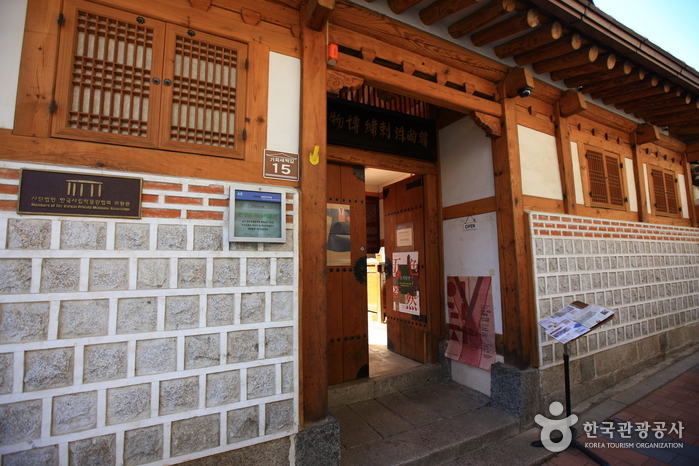
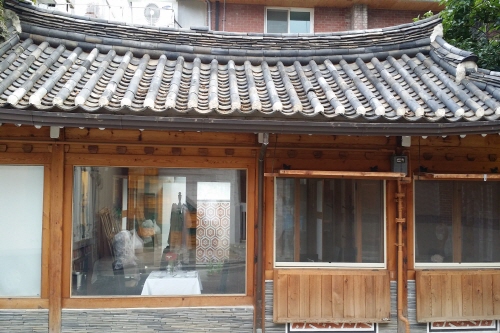
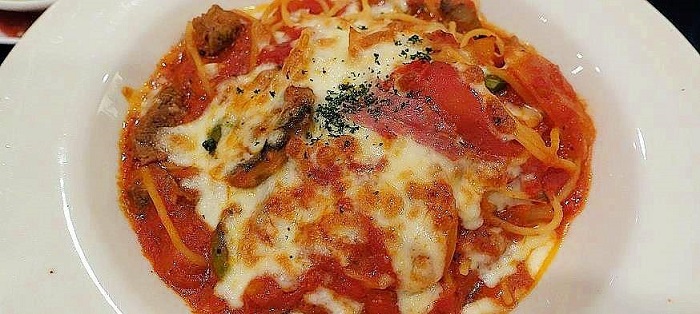
![Inwoohouse [Korea Quality] / 인우하우스 [한국관광 품질인증]](http://tong.visitkorea.or.kr/cms/resource/64/2633664_image2_1.jpg)

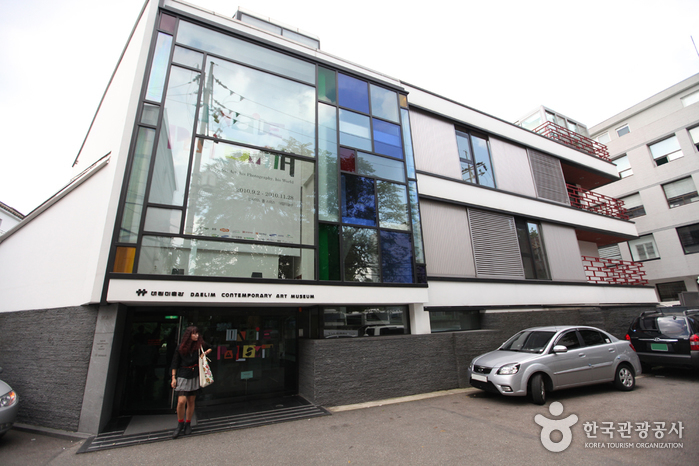
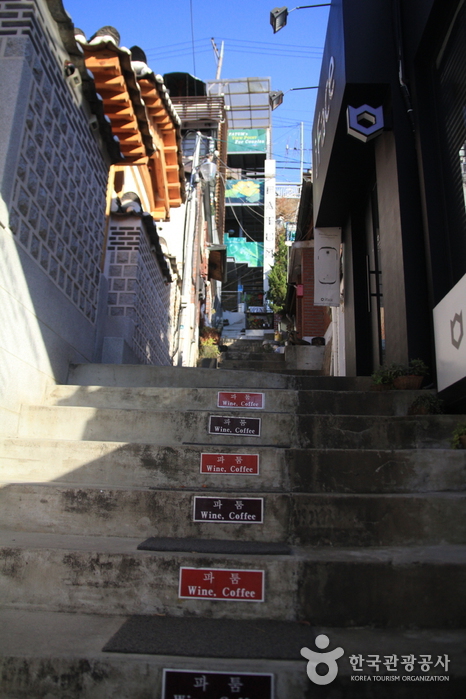
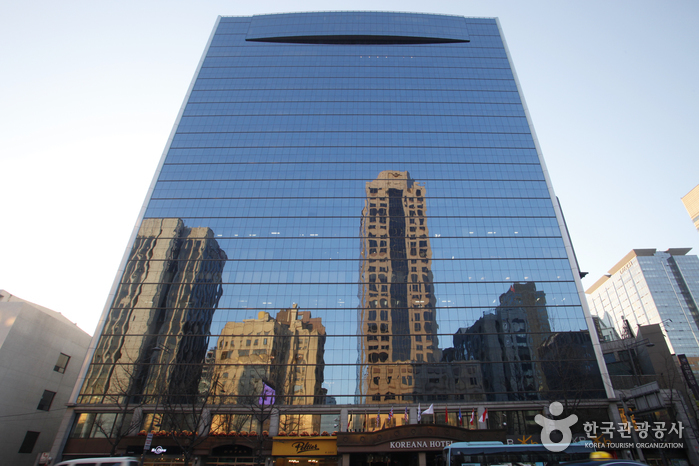
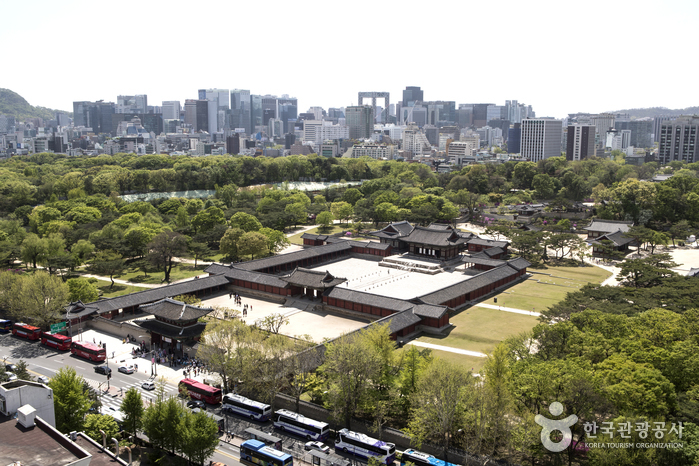
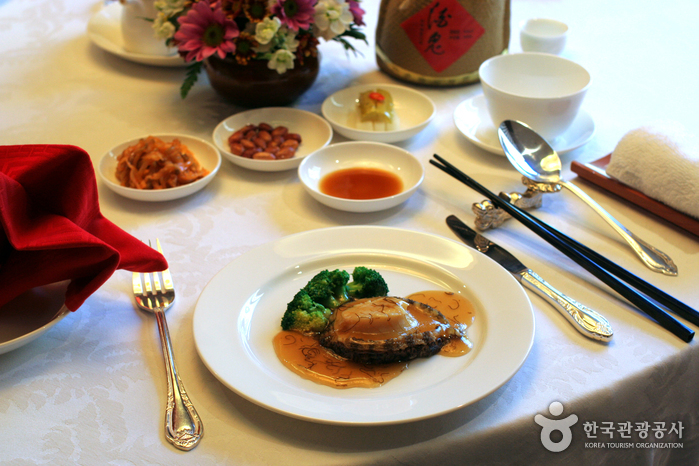
 Français
Français
 한국어
한국어 English
English 日本語
日本語 中文(简体)
中文(简体) Deutsch
Deutsch Español
Español Русский
Русский